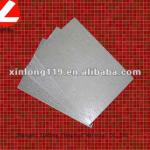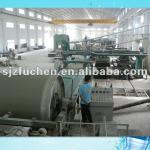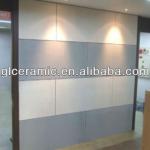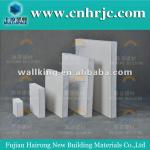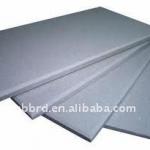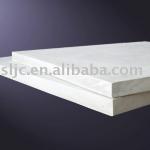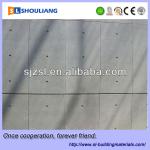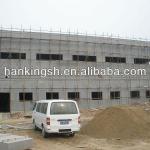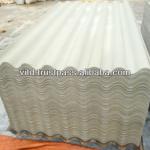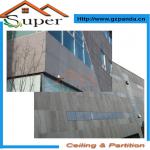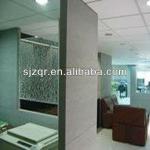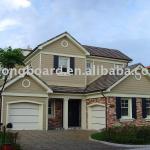Fiber Cement Board
| Place of Origin: Turkey | Type: Fiber Cement Boards |
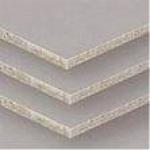
Fibre cement sheeting products are manufactured in by , BGC and in accordance with Australian Standard 2908.2000, "Cellulose Cement Products". Fiber cement siding and sheeting is produced in the by CertainTeed Corporation. In Europe, these products are manufactured and marketed by Eternit.
Sheet sizes vary slightly from manufacture to manufacture but generally they range between 2400 3000 mm in length and 900 1200mm in width (600 & 450 mm increments). This manufactured size minimises on-site wastage as residential floor, wall and roof structures lay structural members at 450 or 600 centres.
Fibre cement thicknesses vary between 4.5-18mm and also vary in density the lower density resulting in a fibrous rough edge when cut and the higher density having a cleaner smoother edge when cut.
Thermal resistance and sound transmission vary greatly between fiber cement products. Fiber cement sheet products rate poorly in thermal resistance and sound transmission and separate wall insulation is highly recommended. Generally the thicker and denser the product the better resistance it will have to temperature and sound transmission.
InstallationFibre cement cladding is a very heavy product and requires two people to carry the uncut sheets. Thin fibre cement cladding is fragile before installation and must be handled carefully; it is prone to chipping and breakage if improperly handled.
Once the product is cut it may again require two people to install one to hold the sheet flush against and the other to nail the product in place.
Cutting fibre cement cladding sheeting usually requires a mechanised saw or metal hand shears and sheets can be cut to size in three ways:
- Thinner sheets can be scored with a heavy duty cutting blade and snapped
- Purpose made "fibro cutter" (an Australian term)
- Thicker and denser sheets require cutting by a mechanical saw
Some caution must be exercised to properly ventilate areas where FCS is being cut; long-term exposure to the silica dust generated during the installation process can cause .
Fibre cement cladding can be painted before or after installation. (For areas of exposure, weatherproof paint must be used.) Once the product is fixed the joints are usually covered with timber battens and the entire wall surface is painted.
Fibre cement products came about as a replacement for the widely used "" product manufactured by "James Hardie" until the late 1980s.
DurabilityThe external cladding products require very little maintenance once installed and painted. The thicker/denser fiber cement products have excellent impact resistance but the thinner less dense products need to be protected from impact.
Fire ResistanceFibre cement cladding is a non combustible material which is widely used in high bush fire prone areas throughout Australia . Pictured above is CSRs' Fiber Cement cladding Linea board which has been substituted for the traditional timber fascia and barge board materials.
AlternativesCompetitors to fiber cement cladding are imitation clapboard include , , wood composite products and siding. Compared to wooden siding, fiber cement is not susceptible to or .



